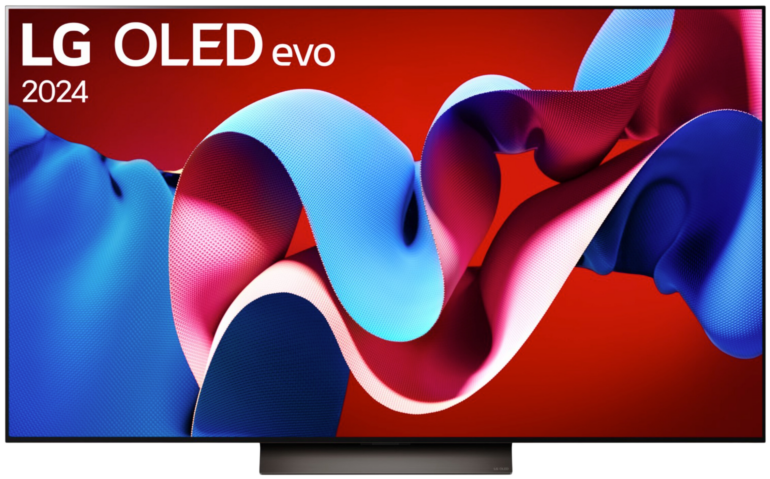Interpolation
The process known as interpolation or interframe calculation is used to improve the representation of movements on the screen of television sets. For this purpose, additional frames are calculated and inserted between the already existing frames. As a result, this process leads to a smoother and clearer reproduction of the original material on the panel.
Idea and approach of the interpolation
The basic concept is based on procedures taken from computer graphics and digital image processing. Within the calculation process, two consecutive images are continuously analysed, from which an intermediate image is calculated and integrated in the middle of the original frames. Effectively, this results in a higher refresh rate.
Especially when reproducing sports events or other fast-moving content, this feature can be useful to reduce motion blur and greatly improve the so-called motion handling. With films and TV series, however, the function can lead to the so-called soap opera effect, where the picture appears unnaturally smooth.
To be able to do this in time, the content must already be available to the TV before we see the result on the screen. Therefore, the activation of this function is always associated with a certain time delay – also called latency. Depending on the TV model, this can range from a few milliseconds to several tenths of a second.
Many engineers and scientists were involved in the process of creating this technical solution. Consequently, the one inventor does not exist in this case. The method was first introduced in the 1990s and has since allowed for increasingly better results.
Today, the big electronics companies have their very own names for the feature. Therefore, we have compiled for you a short list of the marketing terms used by various TV manufacturers for this feature:
- Hisense: Ultra Smooth Motion
- LG: TruMotion
- Panasonic: Intelligent Frame Creation (IFC)
- Philips: Perfect Natural Motion
- Samsung: Auto Motion Plus
- Sony: Motionflow
- TCL: Clear Motion Index (CMI) / Natural Motion
- Vizio: Clear Action / Smooth Motion Effect
Advantages and disadvantages of intermediate image calculation:
| Advantages | Disadvantages |
|---|---|
| Smoother, cleaner movements | Soap opera effect in films & series |
| Reduced motion blur | May cause image distortion |
| Improved reproduction of quick sequences | Higher input lag |
- Audio
- Codecs
- Companies
- Features
- Ports
- Technical Terms
- Connectivity
- Misc
- Smart-Features
- Video
- Image Errors
- Image Formats
- Image Function
- 3D
- ABL
- ALLM
- AMD FreeSync
- BFI
- Dithering
- FRC
- Interpolation
- Motionflow
- Nvidia G-Sync
- PIP
- Pixelshift
- QMS
- TruMotion
- VRR
- Ports
- Technical Terms
- 4K
- 4K@120 Hertz
- Aspect ratio
- Backlight
- Banding
- Bit
- Black level
- Brightness
- Calibration
- Candela
- Color resolution
- Color space
- Color space coverage
- Color temperature
- Color volume
- Contrast
- Curved
- Filmmaker
- Flat
- Full HD
- Gamma
- Gamut
- HD Ready
- Home theater
- Image format
- Image synchronization
- Input Lag
- ISF
- Luminance
- Motion Handling
- Native resolution
- Netflix Calibrated
- Pixel
- Pixel density
- QFT
- QHD
- Raytracing
- Rec.2020
- Refresh rate
- Resolution
- Response Time
- Smart-TV
- UHD
- UHD-2
- VR
- White balance
- WQHD
- TV Tech

